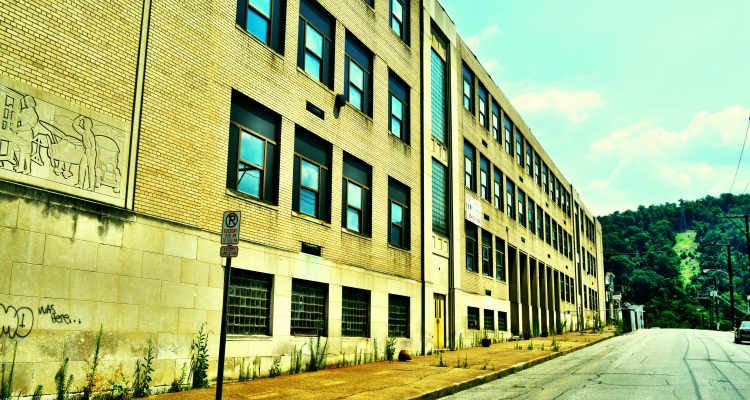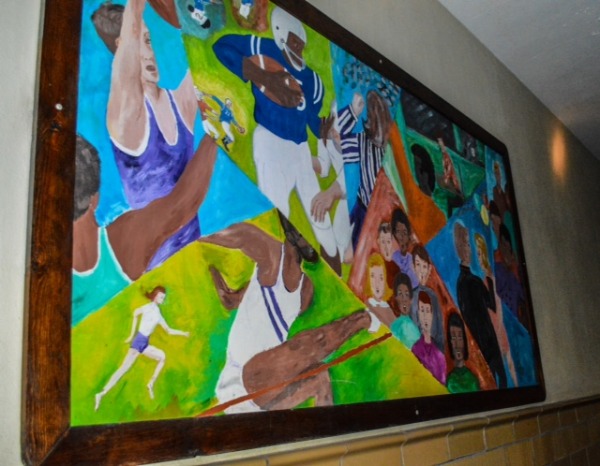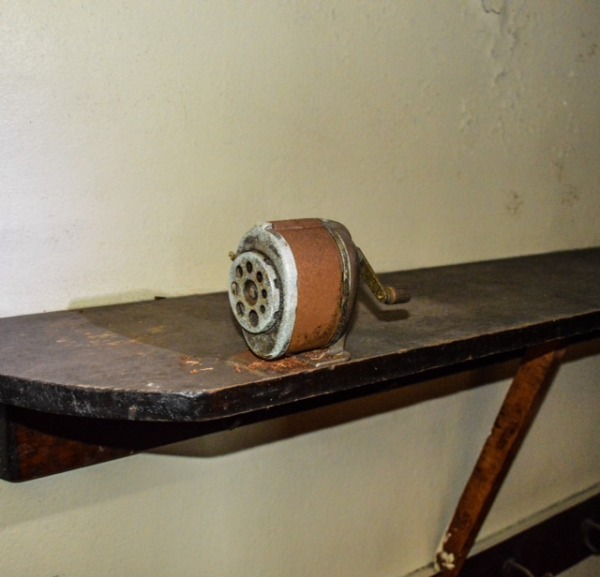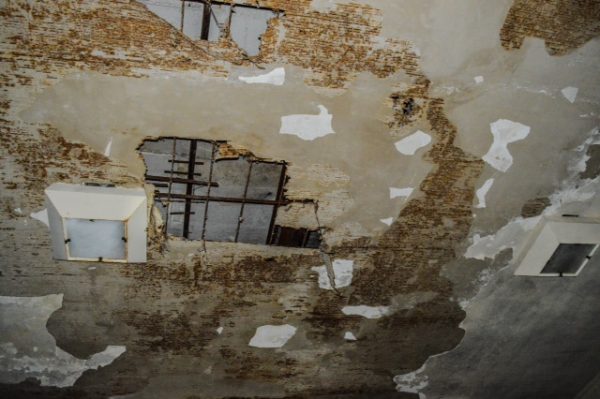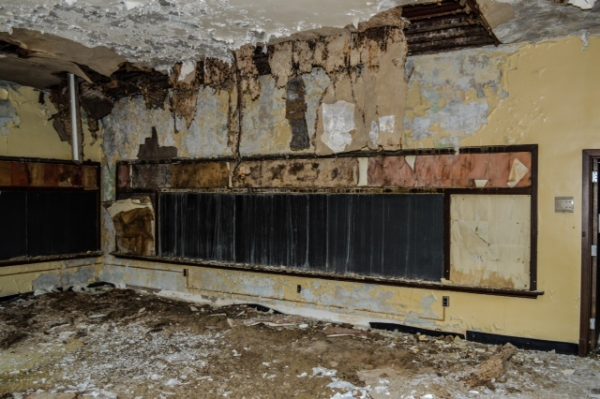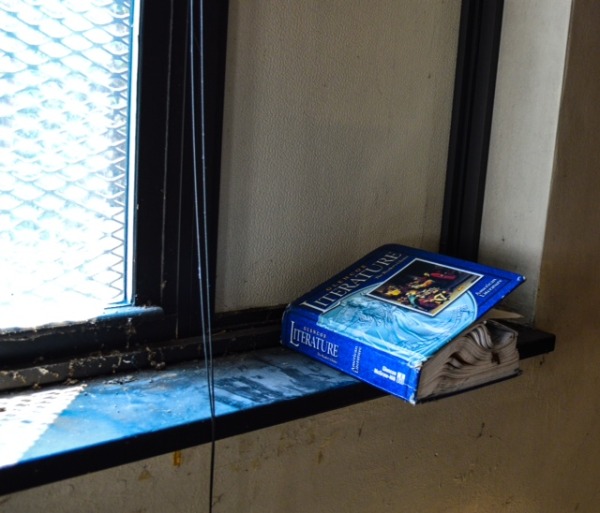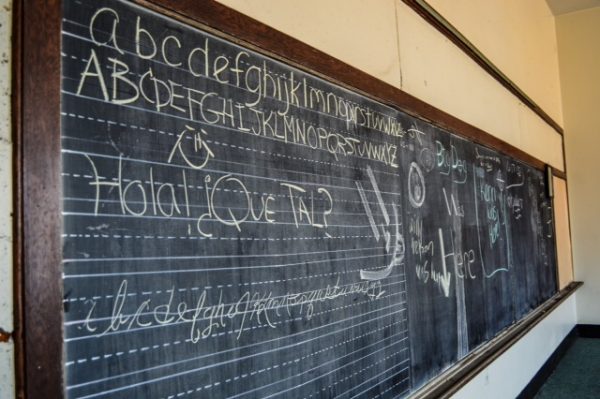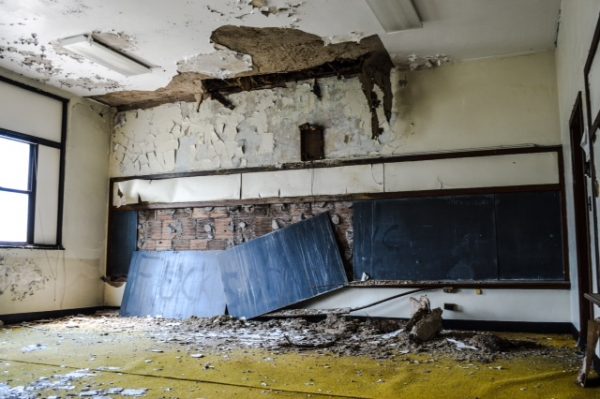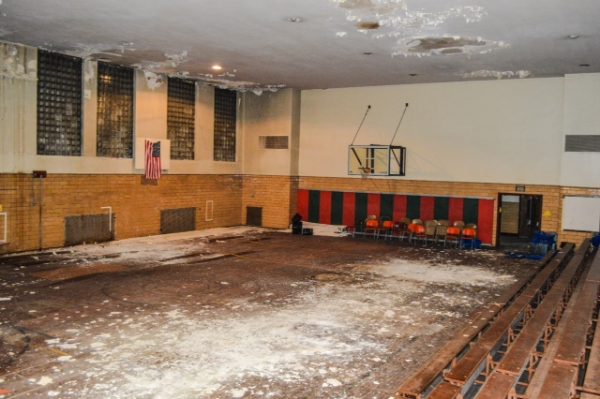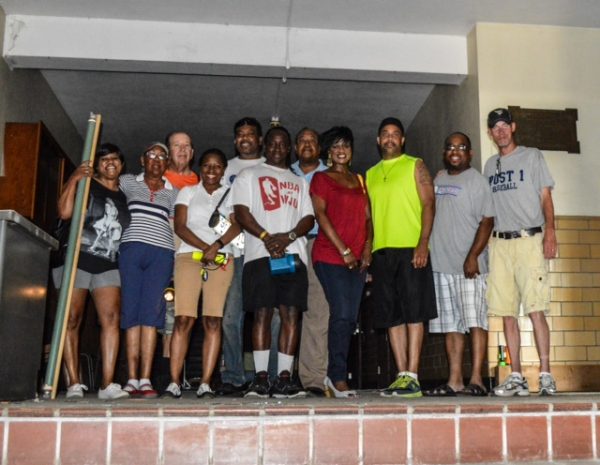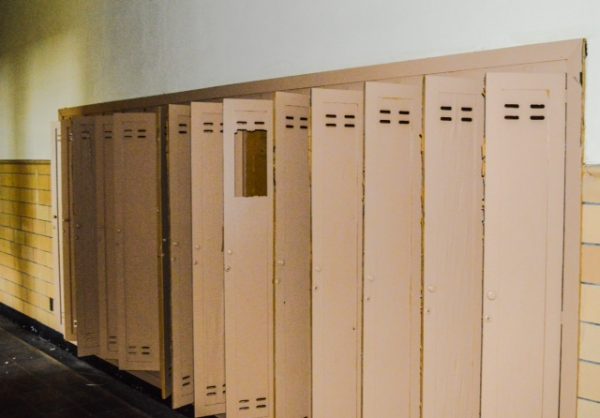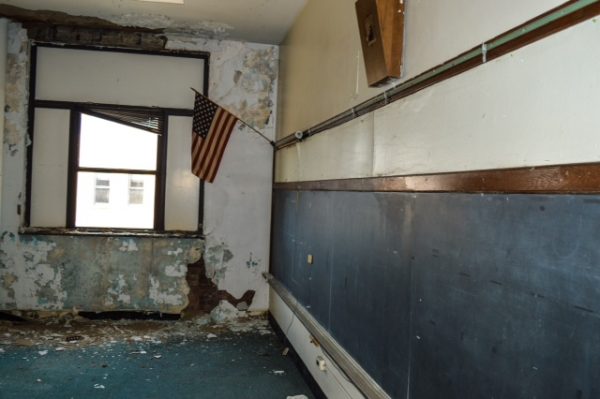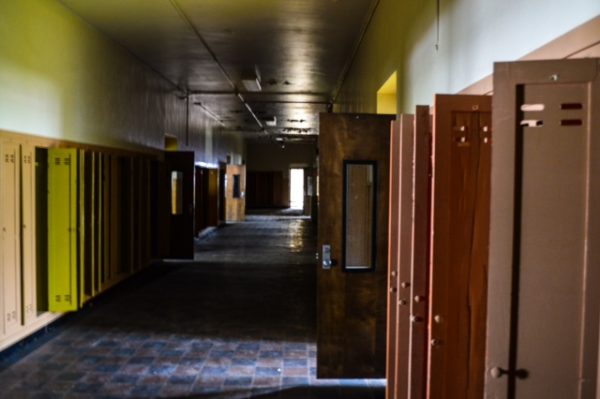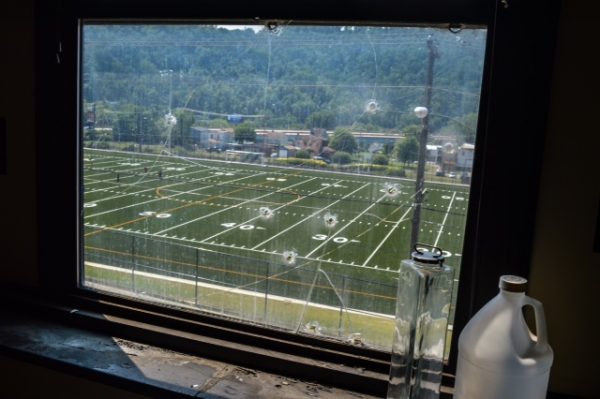Photographs and Story By Steve Novotney
Weelunk.com
I lived directly across the street from Clay School for three years, and that’s when I learned about Darryl Bayne’s dream. He bought the 83,000-square-foot building for $65,000 in 2004 because he was convinced the former schoolhouse could be reused as an extraordinary science and community center.
That is his dream, and he has held it close to his heart for several years before finally deciding a year ago to actively search for a faculty position at a college or university. When he acquired the property, though, Baynes believed he could gain grant funding to transform the structure into an education center. Baynes’ expertise is in science education, and prior to accepting his current position, he traveled the country making science-based presentations in schools and community centers.
Soon after the purchase of Clay, he gained support to replace the windows, but since then little assistance has followed. His story has been told often by local media outlets, but the reputation connected to the area seemed impossible to overcome when I made a few phone calls in an attempt to help.
But today is a different day for the corner of 15th and Wood streets. A shiny new J.B. Chambers Recreation Park erased the infamous “15th –and-Wood” drug scene and redefined the East Wheeling neighborhood, and all of a sudden folks from throughout the Upper Ohio Valley are no longer afraid to venture into this section of Wheeling.
And there sits Clay School, a building that once housed a community of students and teachers and staff members. As the neighborhood deteriorated more and more in the early to mid 1980s and drug trafficking was a common sight 60 feet away from the school’s front doors, the challenges bloated past the teacher’s lesson plan. In the mid 1990s, the Ohio County Board of Education approved the closure of Clay School, and it has sat empty since.
I toured the former facility this past summer, and inside the walls of Clay School is much more than you expect when first walking into the basement entrance. The structure stretches nearly half the block along 15th Street and is now located directly across from the new sports complex. The interior is now worn and torn, and by today’s standards it is far from ADA compliant. There are chalkboards with that final day’s final lessons still scrawled on them, and textbooks, pencil sharpeners, pint-sized water fountains, wide halls, tall ceilings, and even an American Flag that still flies. Bullet holes speckle a few of the windows, but the owner said those occurred after the school’s closure.
The air grew thicker the higher I climbed the staircase. The rooms on the first two floors have cracked and crumbled some, especially the gym and auditorium areas, but the third floor has nearly collapsed, and the odor of decay overwhelmed me a few times. Water damage has dropped ceilings and chalkboards to the floor, and the fallen plaster and damp floors combine to provide a most musty atmosphere.
The classrooms are now clear of the desks and those chalk erasers, and few records were left behind in the offices. Thanks to the stories told by former Clay staffer Ann Thomas during my tour I was able to imagine the children of all races and religions roaming the halls inside a structure that became their safe haven away from the nefarious activity taking place just beyond the walls.
Thomas showed me her old mail slot, one that still bore her name, and she named names and told tales about the children and the teachers. And she despised the decision to close Clay School, saying that it was “…for all the wrong reasons.”
It’s not too late for Clay School, Baynes insists, and that’s because the bones of the building are good. The structure needs a new, $500,000 roof, and the leaning façade in the east corner along 15th Street needs addressed, but otherwise it stands firm.
Baynes listed the property for $400,000 with Paul & Associates a year ago, and it is now being shown by representatives of several real estate firms. The property owner told me last week there have been several inquiries, and the leading idea now is to establish a community and children’s center on the first floor and residential living on the second and third levels.
“With the field across the street now, something could happen with it,” Baynes said. “I’d love to see it happen. I’d love to see someone with the means make the dream come true.”


